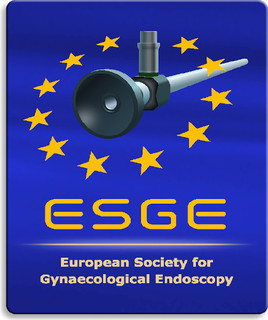The socio-economical impact of intravenous (IV) versus subcutaneous (SC) administration of trastuzumab: future prospectives
Breast cancer, economical savings, intravenous, subcutaneous, trastuzumab, LEAN
Published online: Sep 30 2015
Abstract
Trastuzumab was the first targeted therapy for HER2 positive breast cancer. It has become the standard of care for HER2 positive metastatic breast cancer since 2000 and in the adjuvant setting since 2006. Adjuvant it is given for a year and in patients with metastatic disease until progression. The standard mode of administration is intravenous. Recently a subcutaneous form has become available. A phase III study showed that there is no difference between the intravenous and subcutaneous form in terms of safety and efficacy. The patient’s preference however significantly favoured the subcutaneous form. It is estimated that the use of the SC form could contribute to a cost saving between 758 and 2576 euro per annual course. For Belgium alone this could mean an estimated saving of 1.4 to 4.6 million euros per year. The potential benefit of the SC administration for healthcare facilities could be further increased when applied in a LEAN working day-care chemotherapy unit. After reviewing the existing literature we suggest to further validate the potential financial impact of SC trastuzumab compared to the traditional IV form and to introduce a scientific proposal incorporating the benefits of this formulation in a LEAN working healthcare unit.

_small.jpg)

